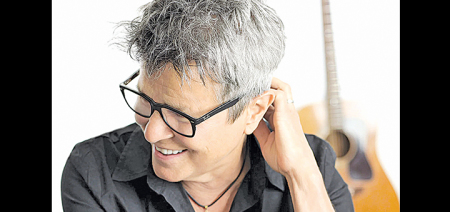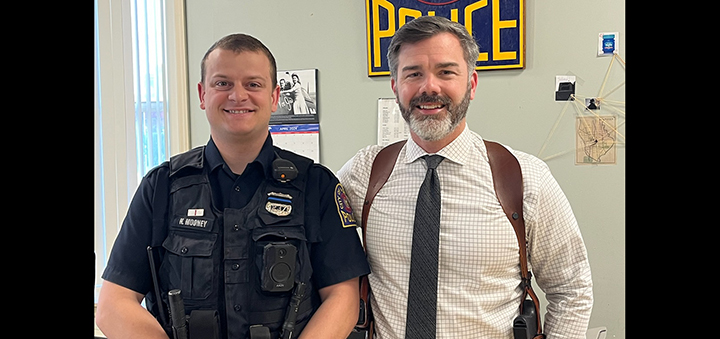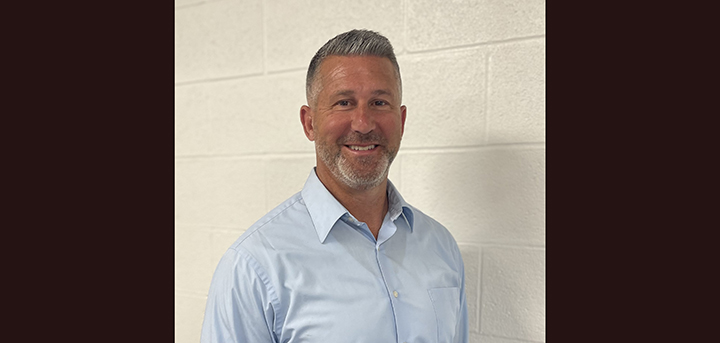Chenango In The Civil War: Erastus Lathrop Sill – Company A, 114th New York Infantry
Published:
April 30th, 2012

Editor’s Note: In conjunction with the Chenango County Civil War Commemoration Project Team, The Evening Sun will present a monthly series chronicling items of local interest during the war between the states, compiled and written by a number of local history enthusiasts.
By Sharon Donahe
Correspondent
Erastus Lathrop Sill was born 12 March 1845 in Bainbridge, Chenango County, New York the only son of Dr. Blin Smith Sill and Catharine Almeda Lathrop. His paternal great grandparents, Andrew Jr. and Helena Talcott (Dorr) Sill, were pioneer settlers of Burlington, Otsego County, New York and his maternal great grandparents, Josiah and Rachel (Perry) Lathrop, were pioneer settlers of Sherburne in Chenango County. Both Andrew Sill Jr and Josiah Lathrop were soldiers of the American Revolution.
The family of Dr. Blin Smith Sill came from Burlington to settle in Bainbridge about 1839, and Dr. Sill would serve the community as a practicing physician for the next 35 years. His wife, Catharine, died in May 1845 when her son, Erastus, was only two months old. The family also included two daughters, Arabella and Stella, the eldest being four years old when their mother died. For the next 13 years the Sill household remained a motherless home. Then in 1858, Dr. Sill married his second wife, Jane Ann Chandler. Dr. Sill and Jane were the parents of two sons, Andrew and James. In addition to his medical practice, Dr. Sill was very active in the Bainbridge community, serving several terms as town supervisor and five years as Postmaster.
Erastus Sill was a young man of high intelligence and marked abilities, and his future was seen as holding significant promise. He was also a very idealistic young man. At the outbreak of the Civil War in 1861, he was 16 years of age and, like many young men of that time, intensely interested in the war and filled with a strong desire to be part of what was perceived as the excitement of the conflict. Although initially Erastus was too young to enlist, he frequently said that he felt it was his duty to volunteer. His father, believing that Erastus would not have sufficient physical stamina to be able to endure the hardships of a soldier’s life, refused his consent. But Erastus was determined and persisted in his appeal saying “History is now being written. And, if I live, the time will come when it will be asked of those of my age, were you with General Grant, or Sherman, or Sheridan? And I shall want to answer, yes! I want now to go to the battlefield where the fate of my country is to be decided and share in the glory of helping to save the Union.” In the summer of 1864, Dr. Sill finally relented and reluctantly gave his consent for Erastus to enlist. On 31 August 1864 at Morris, Otsego County, New York Erastus enlisted as a private in Company A, 114th New York Infantry and headed off to the war with high aspirations and a patriotic fervor for the Northern cause. He joined his unit in Virginia on 16 October 1864. This was just in time for the fierce and bloody Battle of Cedar Creek, Virginia which began just before dawn on 19 October 1864.
The foggy, early morning of October 19 opened with loud rebel yells, the thunder of cannon and the rattle of musket fire as Confederate soldiers mounted a well-executed surprise attack on Union troops encamped at Cedar Creek. Being jolted from deep slumber and caught completely off guard, many Union troops were unable to prepare for battle and fled in panic from the Confederate advance. The soldiers of the 114th were among those who stood and fought, attempting to stop the enemy advance. But after being driven back again and again, there came a time when it appeared that the Union army was facing an undeniable defeat at the hands of the Confederates. At the onset of the battle, the Union commander, General Philip Sheridan, was about 10 miles away at Winchester, Virginia. Hearing the distant sounds of artillery he rushed to the battlefield, arriving about 10:30 in the morning to find the Union army in serious disarray and in the process of retreat. He proceeded to rally the demoralized troops and mounted a counterattack that ultimately turned what earlier in the day had appeared to be a devastating defeat into a triumphant victory for the North. The Battle of Cedar Creek was the last great battle of General Philip Sheridan’s Shenandoah Valley Campaign and the last major battle in which the 114th New York Infantry would participate. Victory came at a significant price for the 114th with a full half of the men taken into the engagement being killed, wounded or taken prisoner. Among these was Private Erastus Sill.
Early in the battle, Erastus received a gunshot wound to his left hand. He ignored the wound, held his position and continued to load and fire as though nothing had happened. The company’s officers finally ordered him to stand down and go to the rear. At first the wound wasn’t thought to be serious. But the difficulties in treating battlefield injuries and the lack of understanding of the importance of antiseptic principles in medical treatment resulted in the wound becoming infected. The infection swiftly spread throughout his system, rendering him dangerously ill. He was transported to Jarvis U.S. Hospital in Baltimore, Maryland, but by the time he arrived at the hospital he was delirious and judged by the military surgeon as having little chance of recovery. The ignorance of the medical profession to the true cause of his illness (i.e. rampant bacterial infection) is reflected in the conclusion that his illness was caused by the fatigue and excitement of the march and battle which, together with the loss of blood from his wound, resulted in a severe shock to his “rather slender constitution” causing symptoms of “typhoidal character.”
Upon notification of his son’s critical illness, Dr. Sill immediately set out to travel to Baltimore by the fastest means available, arriving there on 31 October 1864. Unfortunately Erastus’ system was unable to resist the infection, and in an era when antibiotics were not available, his chance of recovery was negligible. Despite the fact that Dr. Sill was a physician and very experienced in medical practice, there was nothing that he could do for his son other than make him as comfortable as possible in his final hours. On 2 November 1864, two days after Dr. Sill reached his son’s bedside, Erastus passed away at the age of 19 years. His death occurred two months and two days following his enlistment. Upon the death of his son, Dr. Sill was faced with the sad task expressed at the time as “bringing all that remained of his dear, brave boy home to this place [Bainbridge]. The bereaved father had him buried according to the rites of the Episcopal Church” in St. Peter’s Churchyard in Bainbridge.
While Erastus Sill achieved his often expressed desire to become a soldier and contribute to a Northern victory, his courage in the face of fierce battle cost him his life. His death typifies the sacrifice made by hundreds of thousands of men on both sides throughout the Civil War and the desolation their untimely deaths caused their families. It also exemplifies the loss of the promise their young lives had presented prior to their involvement in the tragic conflict that was the Civil War. [ref.: Obituary, Erastus L. Sill, Chenango Telegraph, Nov. 16, 1864]
Comments





